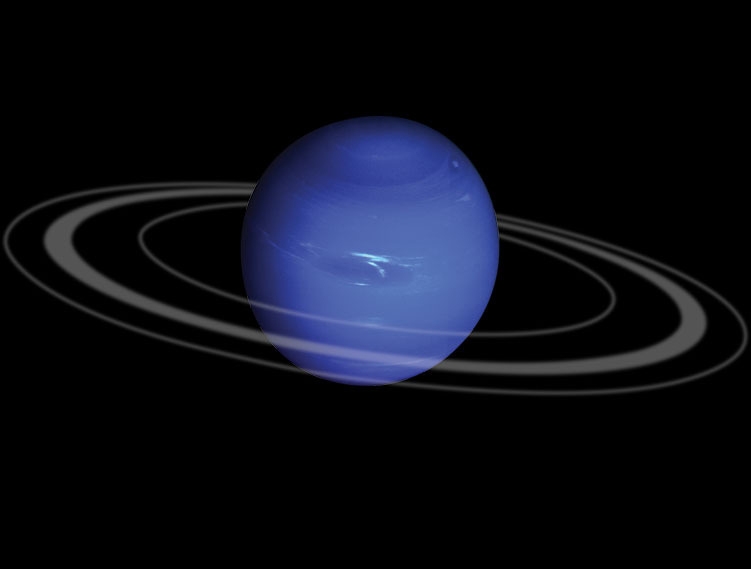Uranus and Neptune could have diamond rains
When subjected to the extreme pressures and temperatures of other planets, even the most familiar substances can act strangely. For example: the rain of diamonds in the ice giants. Scientists have long believed that massive planets such as Neptune and Uranus, which contain relatively small rocky cores covered with a blanket of water, ammonia and icy methane, surrounded by a thick atmosphere, are literally subject to the rain of diamonds . Now they have wanted to synthesize the process in a laboratory, showing how such conditions could occur.

"Previously, the issue of diamonds was just a guess," says Dominik Kraus, a scientist at the Herlmholtz Zentrum Dresden-Rossendorf and lead author of the study. "When I saw the results of the experiment, it was one of the best moments of my scientific career."
Despite its name, the ice giants are as hot as hell. OK, the temperatures of the upper atmosphere go below freezing due to their distance from the Sun; but as you get closer to the core, the immense pressure that crushes the interior heats things to thousands of degrees. These temperatures and pressures could theoretically modify hydrogen and carbon to form rains of diamonds about 8,000 kilometers below the outer surface of the atmosphere.
To replicate the process, the scientists had to simulate the extreme conditions of the planet. They used an intense laser to send a pair of superimposed shock waves through polystrine, a plastic made of hydrogen and carbon that can simulate the behavior of methane compounds. The shock waves created a brief moment of pressure and heat comparable to daily life inside the planet.
"The experimental time is very short, and seeing this rain of diamonds so clearly was very, very surprising," says the expert.
In fact, it took the help of the most powerful X-ray source on the planet: the Linac Coherent Light Source or Coherent Source of Light Linac, a laser beam from the National SLAC Accelerator Laboratory. With this, the carbon atoms in the plastic separated and formed diamonds a few nanometers wide (one billionth of a meter).
Although this experiment produced tiny gems, researchers believe that the more stable conditions of Neptune and Uranus probably make larger stones. Diamonds can spend thousands of years growing to weigh millions of carats, sinking slowly into the core, through the atmosphere and mantle.
The outer layers of the ice giants are so thick that our probes have not yet been able to discover what happens inside these planets. Experiments like this, although they are not as conclusive as the investigations carried out on the same planet, help to understand the mysterious functioning of these worlds.